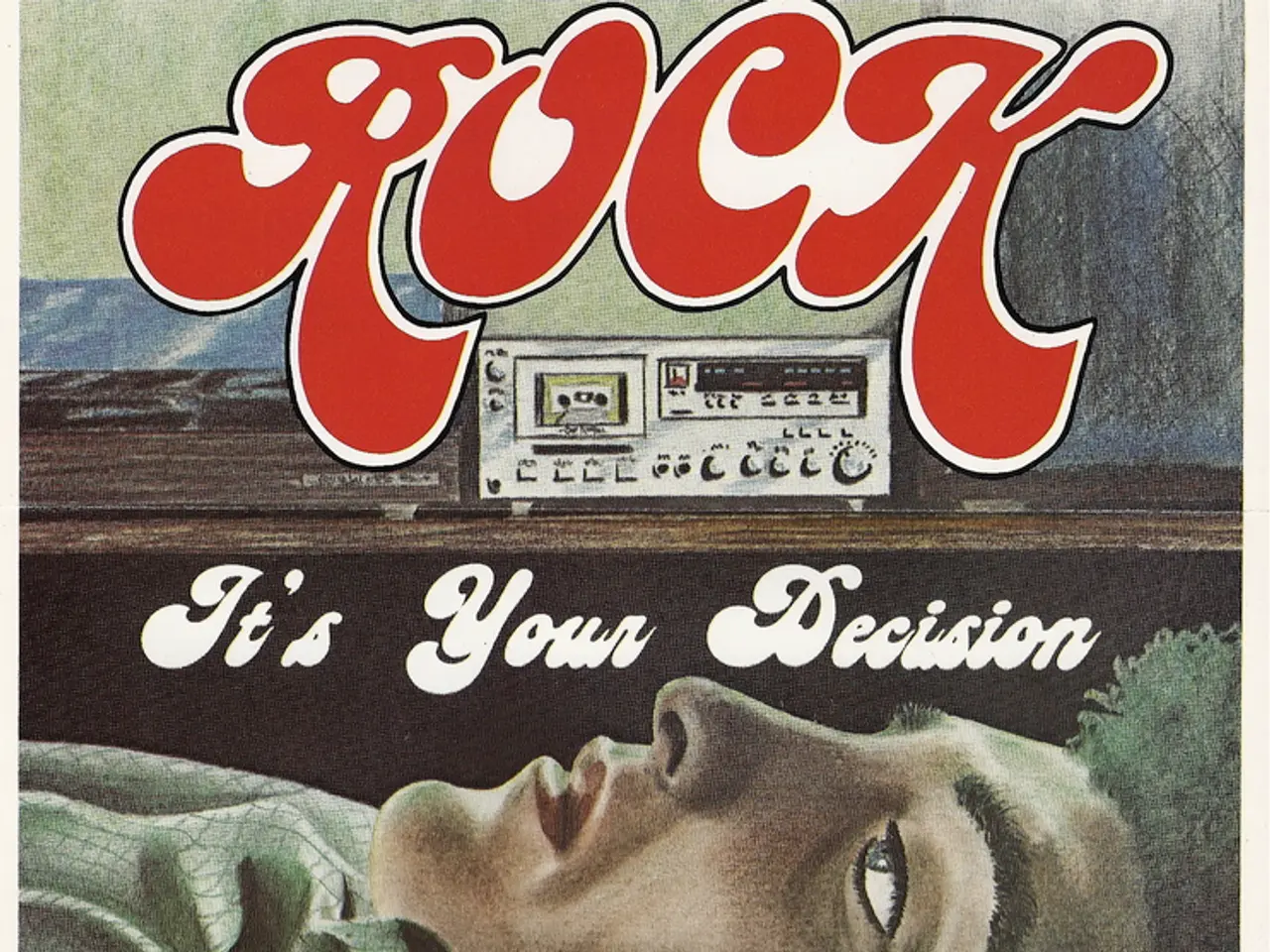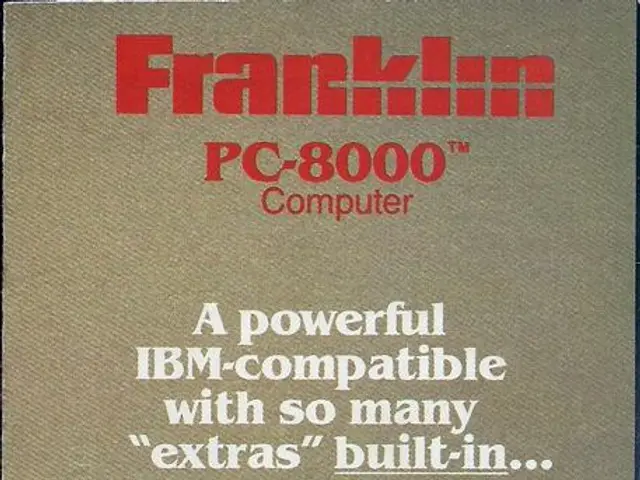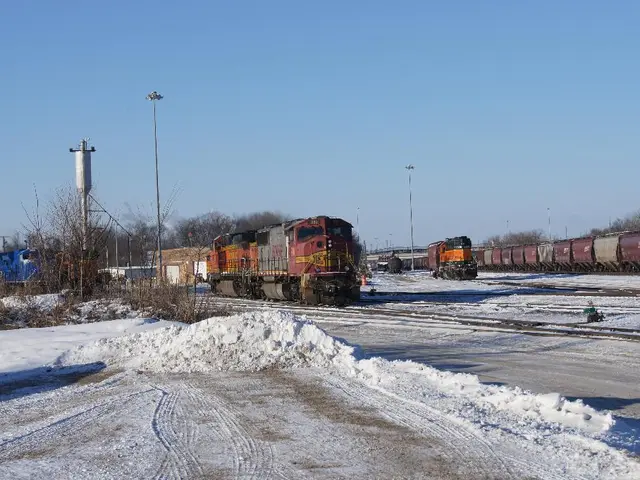Guide on Scanning and Digitalizing Your Ancient Photographs and Recordings, Based on Professional Advice
Building a Digital Archive: Tips for Digitizing Photos and Videos at Home
In today's digital age, preserving cherished memories in a durable and accessible format is essential. Here's a guide on the best practices for digitizing photos and videos at home.
Digitizing Photos
For high-quality, detailed scans of individual photos, a flatbed photo scanner from trusted brands like Canon or Epson is recommended [1]. For convenience, mobile apps like Photomyne can be used to capture multiple photos quickly, although quality may be compromised [4]. If you have a large volume of photos to digitize efficiently, consider bulk photo feed scanners [1].
After scanning, use photo editing tools like Wondershare Filmora to enhance image quality, add transitions, and organize photos into thematic digital albums or videos [1]. Save scanned images in lossless formats (TIFF, PNG) for archival quality, then create JPEG copies for easier sharing and viewing [2].
Digitizing Videos (e.g., VHS tapes)
To digitize videos, use a capture card (such as Blackmagic Intensity Pro 4K or Magewell USB Pro) to connect vintage players to your PC and record lossless digital video streams [3]. Apply batch processing tools with automation scripts (e.g., VapourSynth with QTGMC deinterlacing, denoising, color correction) to clean and enhance digitized footage efficiently overnight [3]. Store video files in widely supported formats with good compression balance (like MP4 with H.264/H.265 codec) for manageable size and compatibility [2].
General Best Practices
Organize files systematically with clear folder structures and consistent, descriptive naming conventions [2]. Maintain multiple backups: store digital files on local drives, external hard drives, and cloud storage to protect against data loss [2]. Regularly check and refresh storage media over time to prevent data degradation [2]. Consider metadata tagging or database tools to catalog and facilitate easy searching of your digital collection [2].
Tips for DIY Digitization
- Handle photos and films delicately, as those that make crinkling sounds or resist when taken out of the frame should be treated with care [5].
- When scanning photos, select the right settings, typically aiming for 600 PPI to enable enlargement of the photo later [6].
- Duplicate photos should be eliminated before digitizing to save time and storage space [7].
- When the technical specs for DIY video conversion are overwhelming or when working with delicate film, consider professional video conversion services [8].
Sharing Your Digital Archive
After digitizing photos and videos, sharing the files via cloud systems, creating photo books, or displaying digital photo frames can be enjoyable ways to continue the creativity [9]. Digital picture frames from brands like Nixplay allow multiple family members to remotely upload photos to each frame, making it easy to share images with loved ones [9].
[1] - [4] Based on information provided in the bullet points. [5] - [9] Additional information to provide a more comprehensive article.
In addition to preserving cherished memories of our lifestyles, family, and travels through digital archives, we can delve into the realms of fashion-and-beauty by utilizing apps like Photomyne for quick captures of photographs. When it comes to enjoying a fine dining experience or trying new recipes, food-and-drink enthusiasts can also store their favorite dishes and culinary adventures within their digital archives. For those with pets, cherished moments with beloved animals can be preserved and treasured in a lifetime of memories.
To customize home environments and showcase our unique taste, home-and-garden enthusiasts can digitize interior and exterior designs, landscaping projects, and DIY home improvement tasks. When it comes to building and maintaining relationships, meaningful conversations, funny anecdotes, and special moments can serve as a digital keepsake to reminisce upon in the future.
Whether exploring exotic locales, road tripping across the country in our cars, or embarking on shopping sprees in different cities, travel experiences offer countless opportunities to fill our digital archives with rich stories and captivating imagery. From the latest designer clothing to the perfect home accessories, shopping experiences can also be captured and cherished within our digital archives.




